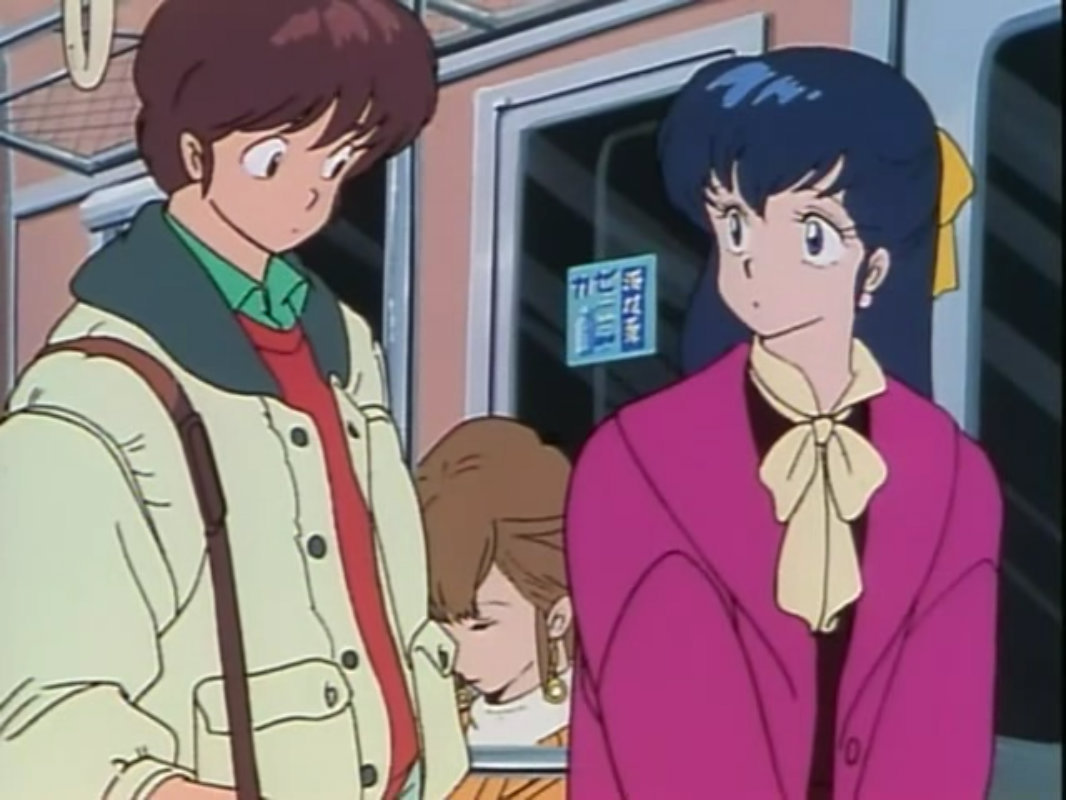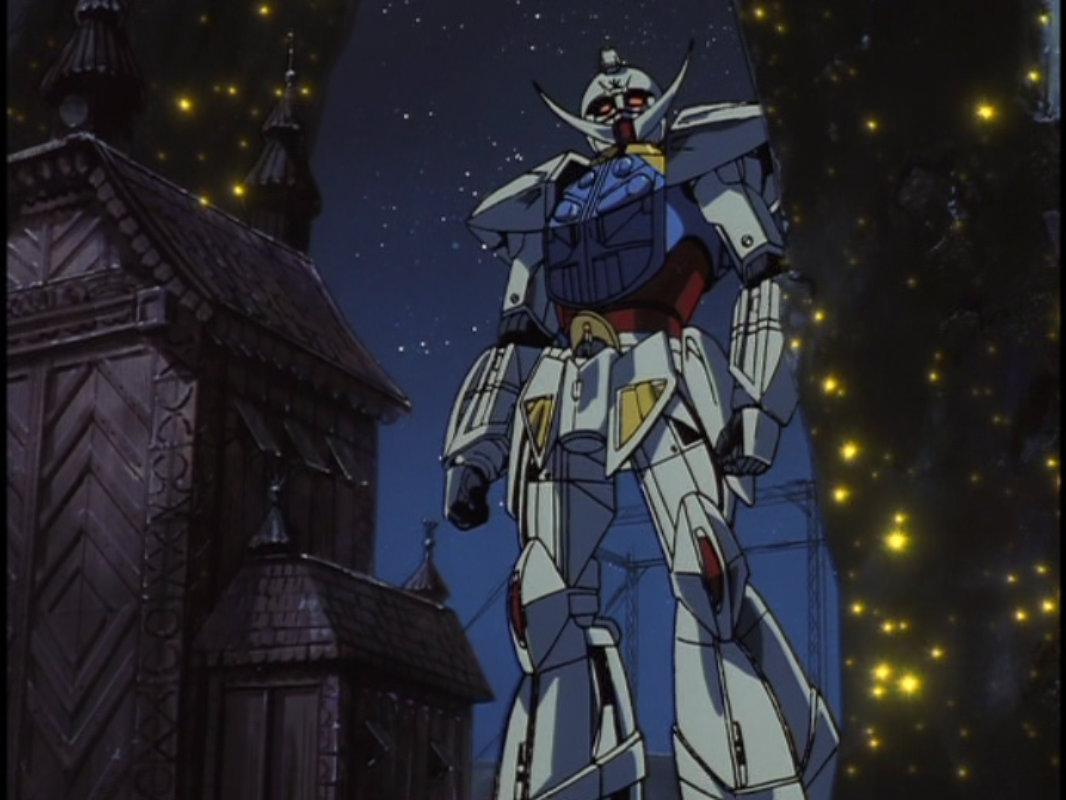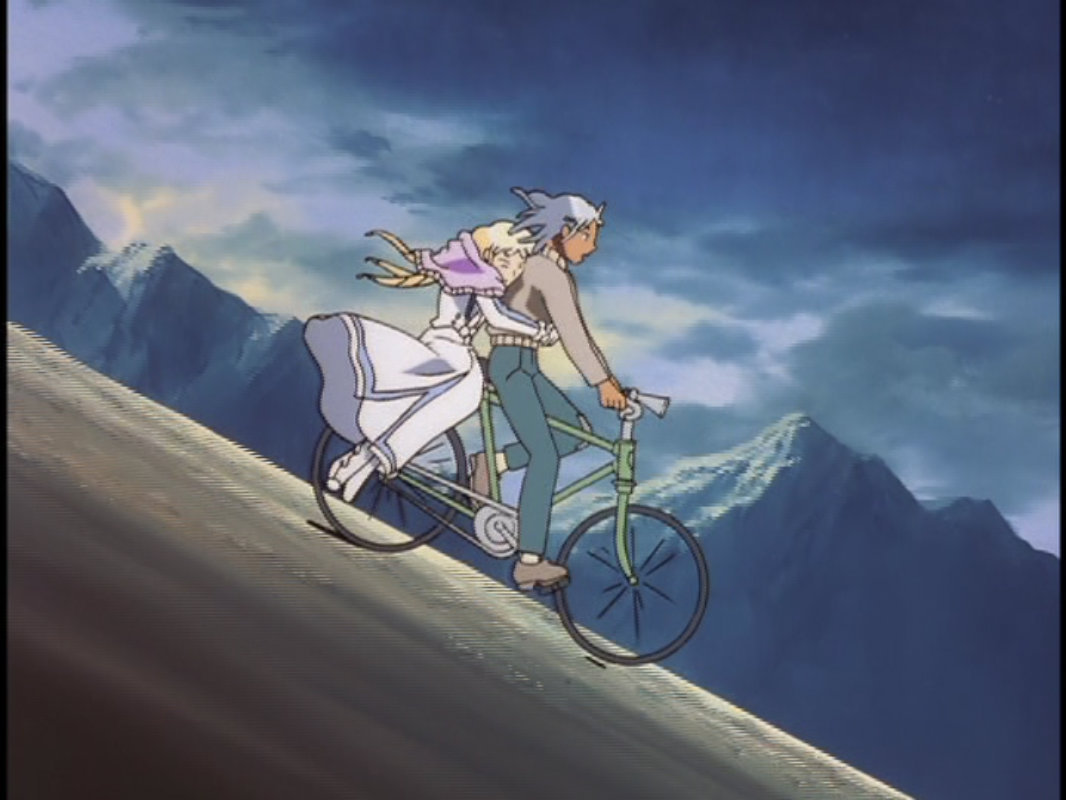Tomorrow marks the release of Dragon Quest XI: Echoes of an Elusive Age for the North American and European markets. To help celebrate this launch I decided I should write a little something
Dragon Quest related on my blog. It’s no secret to those that know me that I am a huge fan of the franchise, and that Dragon Quest XI is easily one of my most anticipated game releases in years—after all we have not had
a chance to sit down with a new entry in this franchise since Dragon Quest IX back in 2010. That eight year wait was thoroughly killing me inside but I persevered and made it this far! So let’s talk some Dragon
Quest.
Now Dragon Quest is an monumental franchise that helped to establish not just role-playing games in Japan but around the whole world. The original release was a game that many thought simply
could not be done, as at the time role-playing games were only ever released for a very dedicated niche PC market. Taking an RPG from a computer with complex command prompts and a full keyboard and mouse interface and converting
it for a video game console with a controller that just had an A and B button, start and select, and a directional-pad was thought to be ludicrous, but then came Dragon Quest.
The early NES (or Famicom if that’s more your style) Dragon Quest games are far from perfect in their game design, but they mark the first real RPG video game experience a casual audience
could enjoy, and soon other RPGs would follow in their footsteps and the genre became a mainstay for gaming everywhere and not just stuck on the PC. A large part of this had to do with a strong marketing push, using popular
magazine publications to essentially hold the hands of the newly introduced whom had no idea how to navigate an RPG; very much akin to the role Nintendo Power would play for us in America during the late-80's and early 90's. It’s because of this (among
other reasons) that the series has always had a very strong media presence in its home country and Dragon Quest enjoys dipping its fingers into everything from comics, to toys, to cartoons. Which leads us to what I really
wanted to talk about today, the 1996 animated film: Dragon Quest Saga: The Emblem of Roto.
Emblem of Roto started life as a manga created by Chiaki Kawamata, Junji Koyanagi, and Kamui Fujiwara in 1991 running for 21 volumes until its completion in 1997. It is among the many, many, many other Dragon Quest manga out there. It’s not a very well known manga series in English speaking circles and unlike Dai no Daibouken it isn’t fully translated into English either. I first encountered Emblem of Roto a little
over a decade ago when I was in my Dragon Quest frenzy stage and could not get enough of the series (I still can’t, really!). Back then I would buy up anything on eBay even remotely close to Dragon Quest and ended up
owning a lot of Dragon Quest related crap. In my huge pile of Dragon Quest books in Japanese that I can’t even read laid a couple manga volumes and even an art book for this series. I remember flipping through these
pages and being fascinated by it, hoping to one day find some stuff for Emblem of Roto in English. That turned out to be very hard to do.
I really love the art work for Emblem of Roto too, if I can just talk about that for a minute. It has a very 90’s-esque anime style to it that I am quite fond of, but also has a hint
of Akira Toriyama’s unique style mixed in too. Series that have had Toriyama as lead artist always have a very fascinating art evolution to me as he developed a super distinct and identifiable style of his own over his
15 years as a manga artist in Shonen Jump writing Dr Slump and Dragon Ball. So when I see how anime studios and other artists have to take that style of his and adapt as well as change it for works like Beet the Vandel Buster,
Blue Dragon, and Emblem of Roto, it’s always fun. Where does Toriyama begin and these many other artists end, so to say.
Getting back on track, however, it wasn't until recently I learned of this Emblem of Roto movie, and it wasn't until a few days ago that I actually got around to watching it!
Imagine my surprise that there was a movie adaptation all this time and that somebody actually went and fansubbed it to boot! However, adaptation may be a pretty forgiving word, as far as I can tell skimming the few scans
that exist online, and flipping through the volumes I have, this film more or less does its own thing and only takes the characters very loosely from the manga. So then just what is this movie even about? We should probably be getting to the meat and potatoes by this point now after all.
Well the gist of its short 45 minute run time is that Arus, our protagonist, happens to be the village crybaby. The boy is known for being a coward and doesn't seem to get along with
the other kids his age nor able to stand up for himself. The other kids bully him, and he doesn't seem to have friends. Arus is terrible at fighting and can’t keep up with the others training his swordsmanship
or his magic. The elders of the village all seem quite worried over how weak and sensitive he is, especially in this uncertain time with monsters roaming everywhere outside the village.
After some mischief with the town bully, Kira, Arus is dared into adventuring into the forest at night to prove his manhood. The two boys, Arus and Kira, stumble their way through the monster
populated forest trying to find an old shrine, that the village used to worship at but can no longer go to because of the monsters. The shrine is the only location that the lily of the valley blooms in. First boy to bring
back one of these lilies as proof that they entered the shrine is the winner. Arus fumbles around like a klutz and just when he’s about to break down and cry he ends up falling into a den where fairies live. The fairies
are initially terrified that a human has invaded their home but soon turn amazed that Arus can actually understand their sacred language and decide to instead ask him for help. Arus agrees to help them kill a monstrous flower
that started to bloom near the shrine. The flower gives off deadly poison that is killing all living things plant and animal alike near it. However the flower slumbers at night giving Arus an easy chance to cut it down before
the sun rises thus becoming a hero.
After heading back home to procure a sword and chomping the flower down just in time before sunrise Arus explores the shrine only to find that the monster is not dead—in fact its roots
have taken over the entire shrine acting as creepy tentacle like tendons that capture everything that moves within. After some temple running (literately) and dodging the deadly roots in a chase scene, it’s round 2 of fighting, and this
time Arus is able to muster all his strength and kills the evil plant for good—even saving Kira in the process whom was captured by the tentacle roots earlier in the film. It’s then in the heart of the shrine that Arus learns of
his origins as a descendant of the legendary hero Roto (or Erdirk) and the two boys go home as friends as the credits roll.
The movie is a pretty straight forward affair, given its shorter run time that is to be expected—but you’d assume it would move pretty briskly like most 45 minute anime films
do, however, it’s actually somewhat slow at the beginning. The movie really takes its time to establish Arus as a weak and bullied kid before finally having the “call to action” occur at about 20 minutes
in—almost half way through. Once the movie does start going though it’s quite fun and chock-full of some really impressive animated sequences that I did not expect for such a humble and overlooked kid’s film.
This was never brought to blu-ray, hell it was never even brought to DVD. The copy I was watching is an old VHS recording. So it’s somewhat heart breaking in the end seeing how gorgeous this little feature ended up being.
It’s all the little things that make Emblem of Roto a wonderful looking film. I love the gorgeous hand painted backgrounds with birds and other animals always flying around. There’s
constant movement in this film actually. The way the wind blows during scenes outside in nature; how clothes move; how there’s always something moving in the background—it’s fantastic. I love that the character designs are super
flexible and move smoothly, and that characters have fully developed faces that show lots of emotions. I love that Arus’ sword is almost twice the size of his body. That was something I especially loved actually. Arus is just
a kid after all, and the way the animators handled him sheathing and unsheathing this unwieldy adult sized sword just made for some fantastic little animated moments. The whole thing is over in less than an hour, and all these
small things really add up to make the short run time go by even faster. Honestly the animation alone can really sell a movie like this.
And just like that Emblem of Roto was over before I know it. It is kind of fitting in a way when I think about it. Emblem of Roto is probably not gonna get any more attention in English speaking circles any time soon. It’s very easy to overlook and though dedicated as the English DQ fan community
is, there probably isn’t enough interest in a lot of these multimedia tie-ins to get translated. Hell, thanks to the MMO nature of Dragon Quest X we’re back to not even having every mainline Dragon Quest game released
outside of Japan again—so we don’t even have all the games released any more, I'd say the chances that an older manga getting released are even slimmer. But what we do have of Emblem of Roto in English is fun, easy to watch, and great to boot. I
really recommend checking it out for yourself if any of my rambling sounded interesting to you. And I hope tomorrow’s release of Dragon Quest XI will be a great day for all of you.















.jpg)









